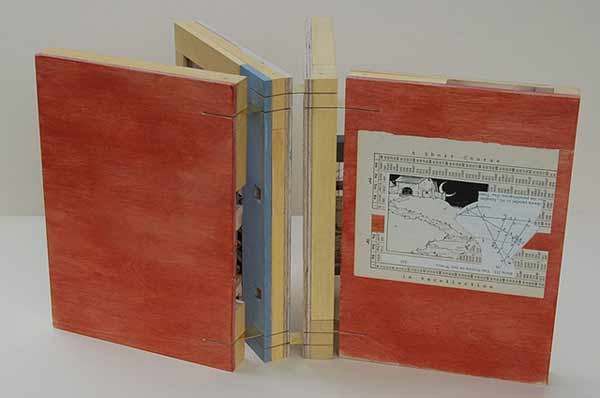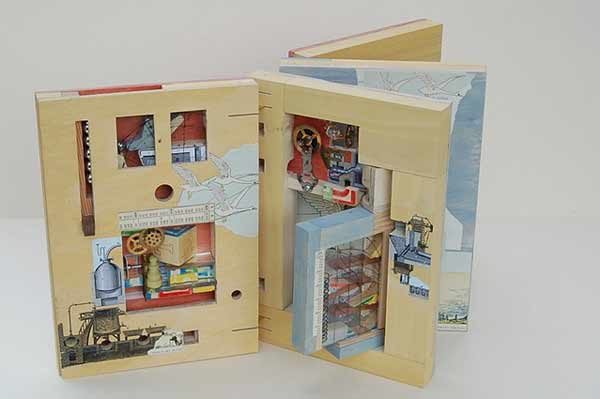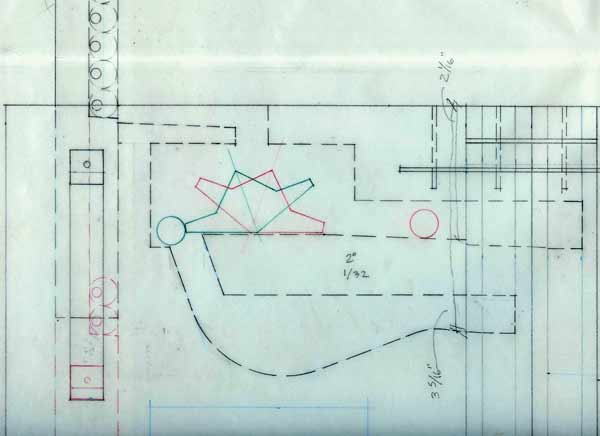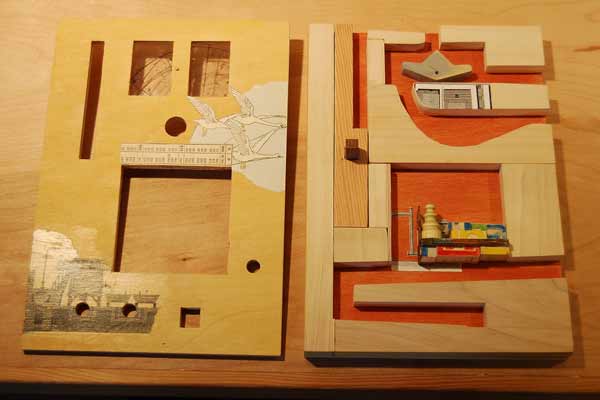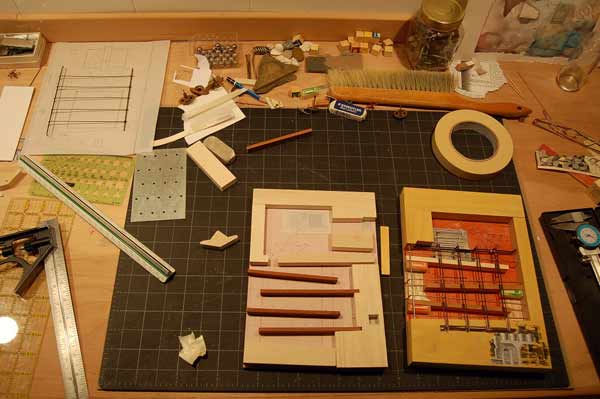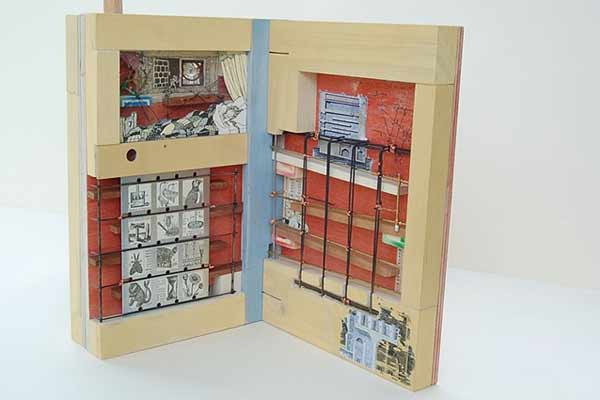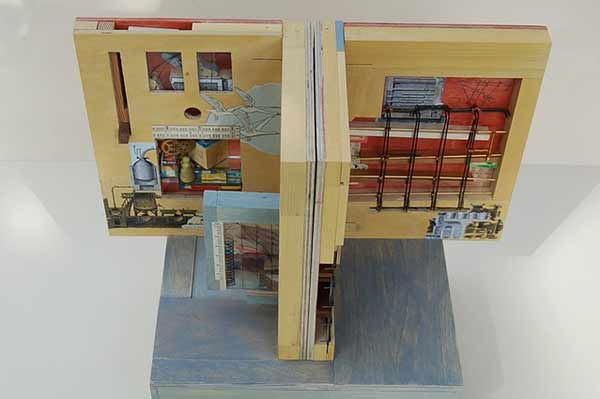
La couleur du vent is an international fine binding exhibit organized by ARA-Canada, which I may have mentioned a few times on the blog before. After traveling around France and Canada, the exhibit will be coming to the new Windgate Gallery space at the North Bennet Street School in Boston. Needless to say, I’m really looking forward to it. The exhibit is being sponsored by the New England Chapter of the Guild of Book Workers and the American Academy of Bookbinding, along with North Bennet Street School.
The exhibit will feature 51 design bindings on a selected project titled La couleur du vent (The color of the wind). The text is a collection of poems by Gilles Vigneault, illustrated and designed by Nastassja Imiolek under the artistic direction of Cécile Côté.
The opening reception will be held on:
July 18, 2014
North Bennet Street School
150 North Street
6:00 – 8:00
But if you can’t make the reception, the exhibit will be open until September 14, 2014. Check out NBSS’s website for the official press release. Hope to see you there.
